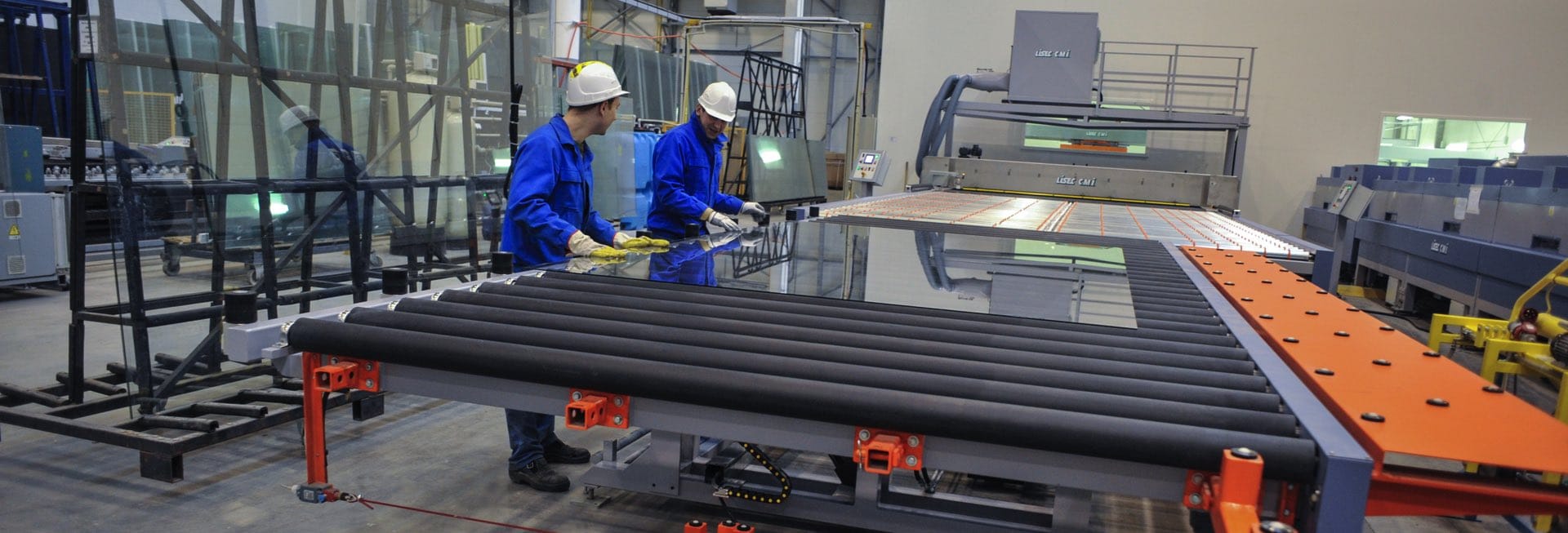
Annealed glass
Float glass that has not been treated or reworked to become safety glass. If broken, it shatters into sharp, blade-like shards. Also known as plate glass.
Anodising
A method of surface-finishing aluminium, in which colour is electrochemically etched into the surface of the material.
Argon
A naturally occurring inert gas that can be sealed between two (or more) panes of glass to increase the insulating performance of the window. Argon is denser than air and acts as a greater barrier to heat loss and heat absorption in the home.
Awning window
A sash that is hung from the upper edge and opens outward.
Bifold window/door
A series of two or more hinged panels that fold and slide to provide a full-width opening.
Building consent
Written authority from the local council to carry out building work that it considers will comply with the Building Code (provided the work follows the plans and specifications submitted with the building consent application).
Butt-jointed glazing
Where two adjacent panes of glass are joined to one another each side of a silicone seal. This method is often used at corners to reduce sight lines but can also be used to join panes in the same plane.
Casement window
A sash that is hung from one side and opens outward
Clerestory window
A high-level window typically narrow in height and located just below the roof line.
Condensation
Moisture that results when warm, humid air meets a cooler surface and, as it cools, releases water onto that surface. Moist air is typically created by indoor activities such as clothes washing and cooking.
Double glazing
An insulating glass unit (IGU) comprising two sheets of glass sealed into a frame and separated by an airtight space containing air or gas (e.g. argon).
Double-hung window
A window comprising two sashes, both of which usually slide vertically to leave a gap at the top and/or bottom. Common in older houses.
Fixed light
A non-opening pane of glass. Also spelt ‘lite’.
Fixings
The fastenings – nails or screws – used to attach a window or door to the building.
Flashings
Protective coverings attached at or around a junction to deflect water (e.g. rain) and keep it out of the building.
Float glass
Glass that has been manufactured by floating the molten glass onto a bed of molten tin, where it is left to cool and solidify. The result is a very smooth pane of uniform thickness.
Frame
The members of the window frame are commonly called the head (top), jambs (sides) and sill (bottom). Common framing materials include aluminium, timber and uPVC. The frame may or may not include integral reveals.
Gasket
A rubber-based component providing a watertight and airtight seal between elements of a window or door.
Glass
The generic term for all types of glass, however different glass types have different properties and are used for different purposes. All glass sold in New Zealand today must be in accordance with NZS 4223.
Head
The top (horizontal) member of a window/door frame or opening.
Head flashing
A flashing installed under the cladding but over the top of a window, designed to deflect water away from the area.
IGU (insulated glass unit)
A double- or triple-glazed unit made up of either two or three sheets of glass sealed together, with an air space or gas in between each for improved heat insulation.
Laminated glass
Safety glass comprising a layer of polyvinyl butyryl (PVB) sandwiched between two or more sheets of glass. If the glass breaks, the broken fragments adhere to the PVB, rather than scatter and cause injury.
Light
An individual pane of glass installed in a frame. Also spelt ‘lite’.



